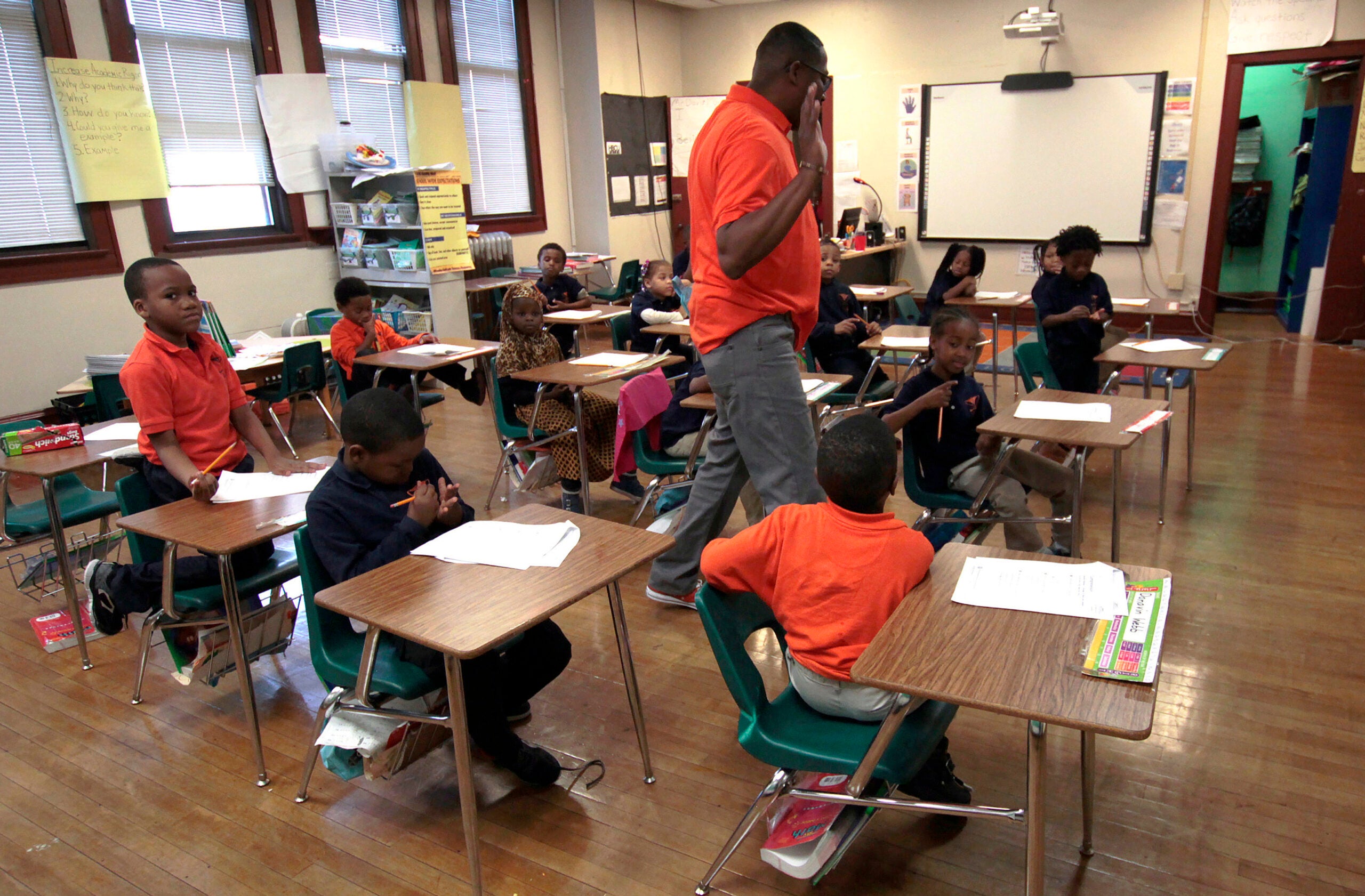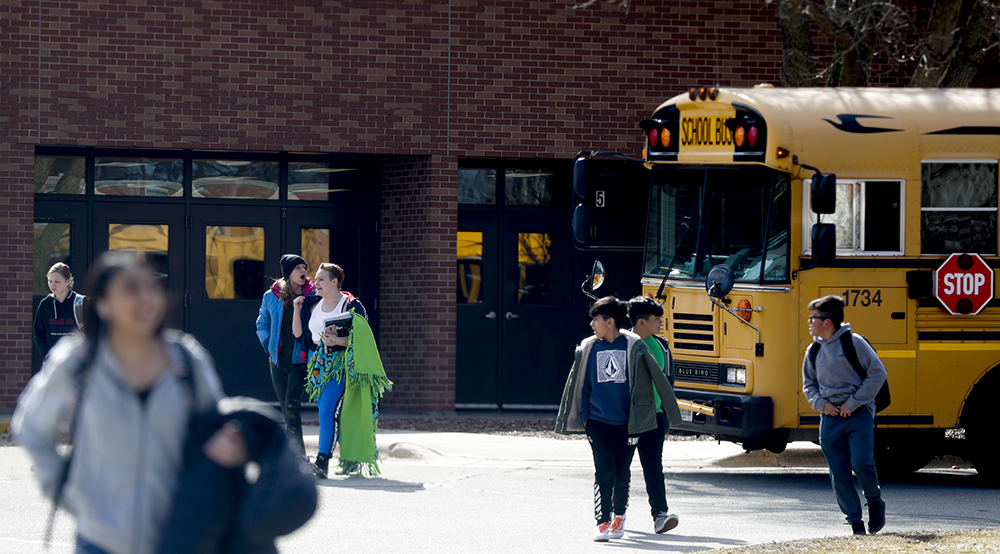The latest state report cards for public and private choice schools show most schools and districts across Wisconsin are meeting expectations.
The state Department of Public Instruction released its latest data Tuesday. The report cards are designed to be used by people living in the districts to hold schools accountable for their performance and growth from year to year.
Eighty-seven percent of schools met or exceeded expectations. That is up from 84 percent last year. Nearly all school districts, 97 percent, met or exceeded expectations. That is up from 96 percent last year.
Stay informed on the latest news
Sign up for WPR’s email newsletter.
Michael Thompson, deputy state superintendent, said the report cards are one of the many ways to see how schools and districts are doing.
“They are just a snapshot in time that can help parents and the public understand some of the challenges and successes school districts have,” Thompson said.
Thompson said the ranking of the school or district is actually the least important thing the report card shows. He said he dislikes the word “failing” because the report cards are about growth from year to year.
“It’s what everyone focuses on, but to me, it’s the data around where those challenges are that the school districts can use,” Thompson said. “We are there to help them focus on those challenges.”
Fifty-three schools earned one star. As for districts, the Mercer School District in northern Wisconsin was the only one with the lowest one-star rating, meaning it failed to meet expectations. Seventeen districts and 210 schools received the second-lowest, two-star rating, meaning they met few expectations.
Mercer is in southern Iron County. The population is under 2,000. WIth 160 students, the district is one of the smallest in the state. Mercer’s report card score has fallen sharply over the last four years. In the 2015-16 school year, the Mercer School District “significantly exceeded expectations.” The next two years, the district met few expectations, and this year it failed.
While the district still has a low absenteeism and dropout rate, Mercer’s tests scores have significantly dropped since 2015, according to the most recent DPI data.
In a letter to parents, Mercer’s Interim District Administrator Sheri Kopka said the rating system does not accurately reflect the quality of the schools.
“That said, we do have work to do,” Kopka said. “We are moving to ensure that our students have the knowledge and skills necessary to ensure that our graduates are prepared in an increasingly competitive environment.”
Besides test scores, the report cards measure three other categories including how students are improving on those test scores from year to year and how districts are closing achievement gaps between groups of students.
DPI also looks at attendance and graduation rates to see if districts and schools are “on-track.”
Janesville Superintendent Steve Pophal said the report cards provide residents with a point-in-time reference about students and schools. The Janesville School District received a score of 64.2, meeting expectations, up from 57 last year, when the district met few expectations.
Not all school districts are graded equally. If a school district has more than 65 percent of its students qualifying for free or reduced lunch, growth is weighted on a sliding scale.
The higher the number of low-income students, the more weight is given to improvement.
“It is a recognition that the more economically disadvantaged, the more challenges in the district,” Thompson said. “In many ways, kids have a longer way to go for success.”
In Mercer, 55 percent of students are considered economically disadvantaged.
For the last four years, Milwaukee Public Schools (MPS), the state’s largest school district, has achieved a two-star rating, which is meeting few expectations.
In Milwaukee, nearly 83 percent of students are economically disadvantaged.
MPS has slowly inched up in the ranking. In 2015, MPS scored a 55.3. The most recent data shows the district scored a 58.4.
Wisconsin Public Radio, © Copyright 2024, Board of Regents of the University of Wisconsin System and Wisconsin Educational Communications Board.





